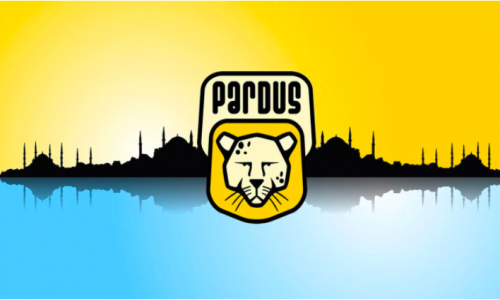Do you remember when a group of Turkish engineers gathered at TUBITAK and developed Pardus, our first domestic and national operating system. Pardus continues its life only as a Linux distribution these days. Why support for the Pardus operating system was withdrawn, let's take a closer look at what kind of operating system Pardus is.
While the calendars were showing the year 2003, a team gathered at the National Academic Network and Information Center, namely ULAKBİM, which is affiliated to the Scientific and Technological Research Council of Turkey, that is, TUBITAK. The aim of this team, consisting of the best engineers of the period, was to develop our first domestic and national operating system. They succeeded. The first version of our first Linux-based operating system, called Pardus, was released in 2005.
As we have reported, the Pardus operating system has been tried to be expanded in government institutions and encouraged. However, when we came to 2011, the main staff that created the Pardus operating system was liquidated and the operating system had to continue its life only as a Linux distribution. The answer to the question of why this is so is not known exactly, but let's get to know this system a little closer.
What is Pardus?
Pardus is our first domestic operating system based on Linux, which was started to be developed by a team formed within TÜBİTAK ULAKBİM in 2013 and the first version was published in 2005. Pardus was developed as a Windows alternative for all citizens of the Republic of Turkey, especially government institutions.
It is not known why in 2011, but the team of engineers that created the first version of the Pardus operating system, namely the main structure, was liquidated. After the departure of the engineering team of approximately 35 people, the support for Pardus was largely withdrawn. Today, Pardus continues its life as a Linux distribution based on Debian.
What are the Pardus features?
It is open to everyone and completely free.
It provides fast usage by increasing computer performance.
It is much safer than its alternatives.
Even a first-time computer user can easily decode the system and start using it.
Besides being quick and easy to set up, it can even work without installation.
It has many different software and program packages that come built-in and free.
Every user can customize it easily.
It is completely transparent due to its open source code.
It has support for many different languages, especially Turkish.
When we look at the features offered by the Pardus operating system, it is seen that there are attractive features that we do not encounter in many operating systems today. In addition to the fact that safe and fast use is offered free of charge, it is a great advantage that the program packages that we buy today by paying a ton of money are offered free of charge.
How to use Pardus?
Step #1: Download the Pardus installation file to your computer from here.
Step #2: Create an installation media via DVD or USB memory by running the file.
Step #3: You can try Pardus from the installation media or install it on your computer.
Step #4: You can find the installation details in the Installation Guide in the file.
Step #5: The process is complete.
Since Pardus is a Debian-based Linux distribution, it is possible to use it without deleting your existing operating system or formatting your computer. After creating an installation media for yourself by following the steps above, it is possible to use the Pardus operating system by connecting this media to different computers.
Pardus also acts as a savior. For example, your computer crashed and you think you lost all the files inside. You can open your computer by running the Pardus operating system during startup and access all the files in it. In this respect, it has a feature similar to many Linux-based systems.
Pardus system requirements:
For Pardus 19.5 XFCE;
1024MB+ RAM
8GB+ disk space
Graphics processor with at least 800 x 600 resolution support
1.0 GHz+ processor with 64-bit support
Here are the minimum system requirements of your computer to use the latest version of Pardus operating system, Pardus 19.5 XFCE. You can review other versions of the Pardus operating system via the link I gave above and download the most suitable version for your computer and start using it immediately.
What was the purpose of Pardus?
It is a truly revolutionary step that the Pardus project started in a state institution such as TÜBİTAK, especially when there was no one who said to learn software yet. The initial aim of the project was not consumer oriented. It was to create an operating system that could be used safely and free of charge in all government institutions, especially schools.
The aim of the Pardus project was to introduce the Turkish people to the software world in 2005 and to develop our own software system without being dependent on outside. The engineers in the main team are uncomfortable with the fact that Pardus is Debian or even Linux-based today. Because what is wanted to be done is a self-contained system.
Makalemizle iİlgili Görüşlerini Belirtebilirsin













